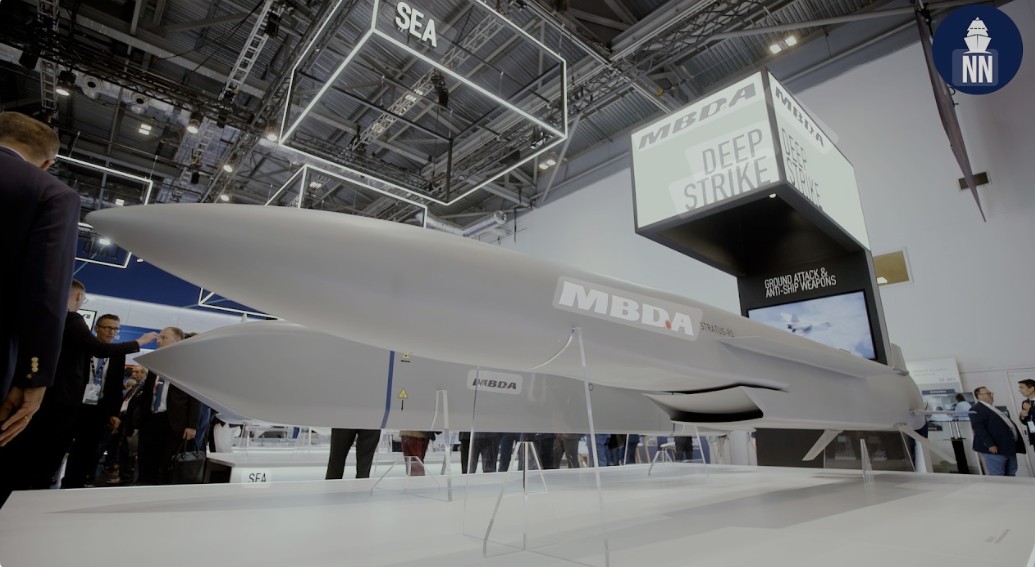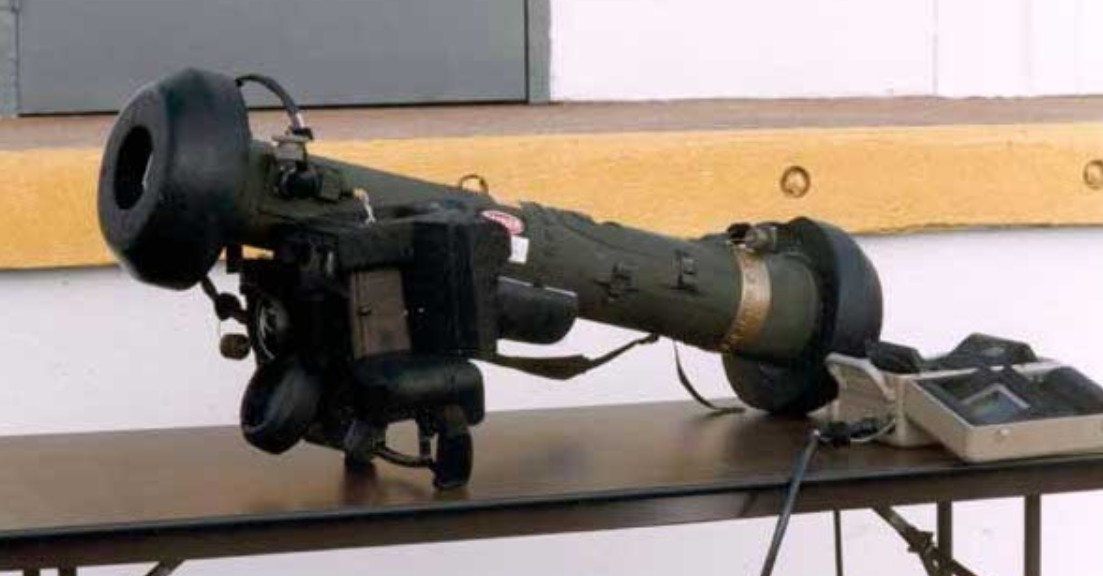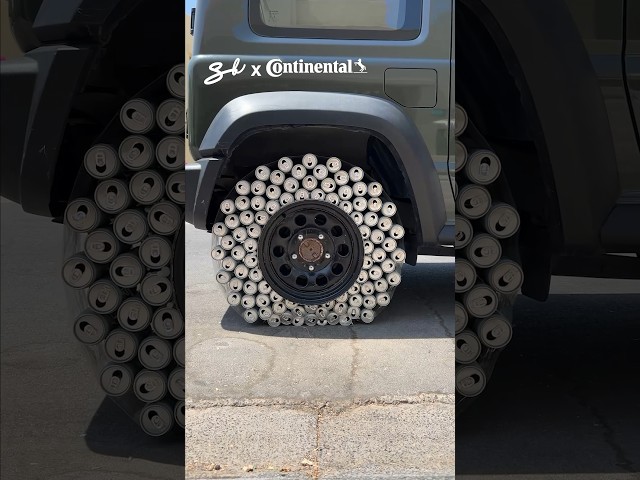The Evolution of High-Energy Laser Weapons
High-energy laser (HEL) weapons have long been a fascination in the realm of science fiction, but they are increasingly becoming a reality. These advanced technological marvels are poised to revolutionize military defense systems by offering unprecedented precision and lethality. The evolution from theoretical research to functional prototypes showcases a significant leap forward. Unlike conventional weapons, HEL weapons use highly focused energy beams to target and neutralize threats at the speed of light.
One key advantage of laser weapons is their ability to engage multiple targets in quick succession. This is a stark contrast to traditional projectile systems, which require reloading and are subject to limited ammunition. HEL weapons can theoretically offer a near-infinite number of ‘shots’ as long as there is a sufficient power supply, making them an economically attractive option for defense budgets.
Technological Advancements
HEL weapons have seen considerable advancements in recent years. One of the major breakthroughs is in the area of beam combining, which involves merging several laser beams to create a single, more potent beam. This is critical because a single high-energy laser beam requires a substantial amount of power and sophisticated cooling mechanisms to sustain its operation.
Another notable development is the improvement in targeting systems. Modern laser weapons are equipped with advanced sensors and tracking systems that enhance their accuracy. These sensors can detect and track a variety of targets, including drones, missiles, and even small, fast-moving boats. The integration of artificial intelligence (AI) further amplifies the decision-making speed and accuracy of these systems, making them increasingly autonomous.
Applications in Modern Warfare
HEL weapons are expected to be game-changers in modern warfare due to their versatility and precision. They can be deployed on various platforms including land vehicles, naval ships, and aircraft. Their primary application is in point defense systems – protecting valuable assets from incoming threats such as missiles and unmanned aerial vehicles (UAVs).
Naval vessels, in particular, stand to benefit significantly from HEL weapons. Ships are increasingly becoming targets for advanced missile systems, and traditional countermeasures—such as missiles and gunnery—are often not effective enough. HEL weapons provide a compelling solution with their ability to engage targets at the speed of light, offering a critical layer of defense.
Technical Specifications
| Specification | Detail |
|---|---|
| Power Output | 50 kW – 200 kW |
| Effective Range | Several kilometers |
| Target Types | Drones, Missiles, Small Boats |
| Platform Compatibility | Land, Sea, and Air |
Current prototypes of HEL weapons can produce power outputs ranging from 50 kW to 200 kW. This range is sufficient to disable or destroy small to medium-sized threats within a few kilometers. The continued refinement of these systems is likely to see increases in power output and effective range.
Challenges and Limitations
Despite their promise, HEL weapons face several technical and operational challenges. One of the primary issues is the substantial power requirement. High-energy lasers need a continuous and reliable power source, which can be a limiting factor, particularly in mobile or remote applications. Advances in battery technology and power generation may help to alleviate this issue in the future.
Another significant challenge is the environmental susceptibility of laser beams. Factors like dust, smoke, rain, and atmospheric distortions can affect the accuracy and effectiveness of the laser. These environmental variables necessitate the development of adaptive optics and other technologies to compensate for beam degradation.
Operationally, integrating HEL weapons with existing defense systems poses a considerable challenge. The complexity of software and hardware integration, along with the necessity for operator training, means that widespread deployment will take time and substantial investment. Moreover, ethical and legal considerations regarding the use of directed energy weapons must be addressed, particularly concerning the potential for misuse and collateral damage.
The Road Ahead
As research and development in HEL technology continue to advance, we can expect to see these weapons become a pivotal component of modern military arsenals. The rapid pace of technological innovation suggests that within the next decade, HEL weapons will transition from experimental status to operational deployment.
Governments and defense contractors globally are investing heavily in this technology. Programs such as the U.S. Navy’s Laser Weapon System (LaWS) and the U.S. Army’s Directed Energy Maneuver-Short Range Air Defense (DE M-SHORAD) indicate the strategic importance of laser weapons moving forward. Similarly, other nations are not far behind, with countries like China and Russia also making significant strides in HEL development.
Ultimately, the effectiveness of HEL weapons will hinge on overcoming existing limitations and continuing to innovate. The integration of renewable energy sources, advances in AI, and the development of resilient beam control mechanisms are critical areas that will shape the future of this transformative technology.









